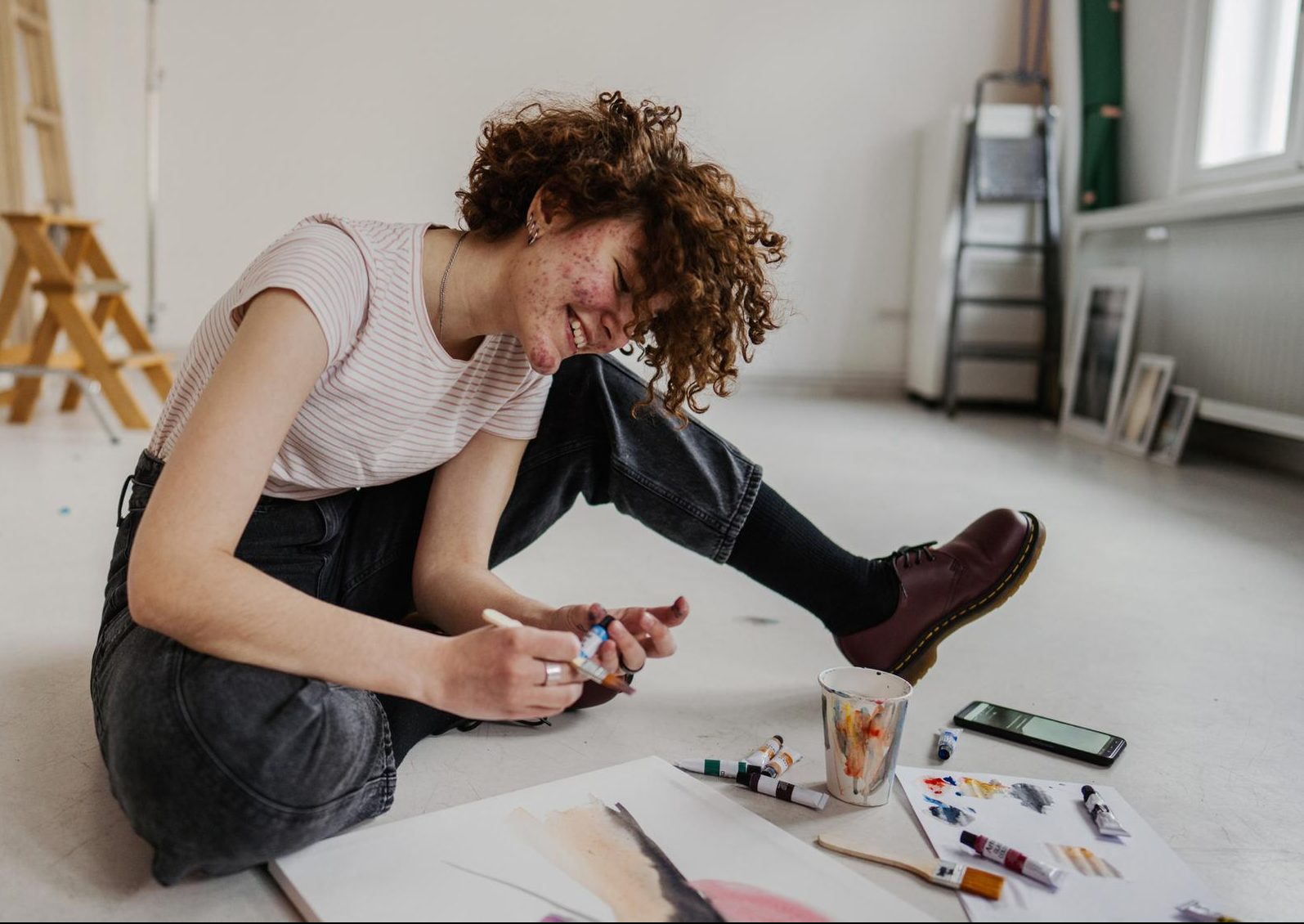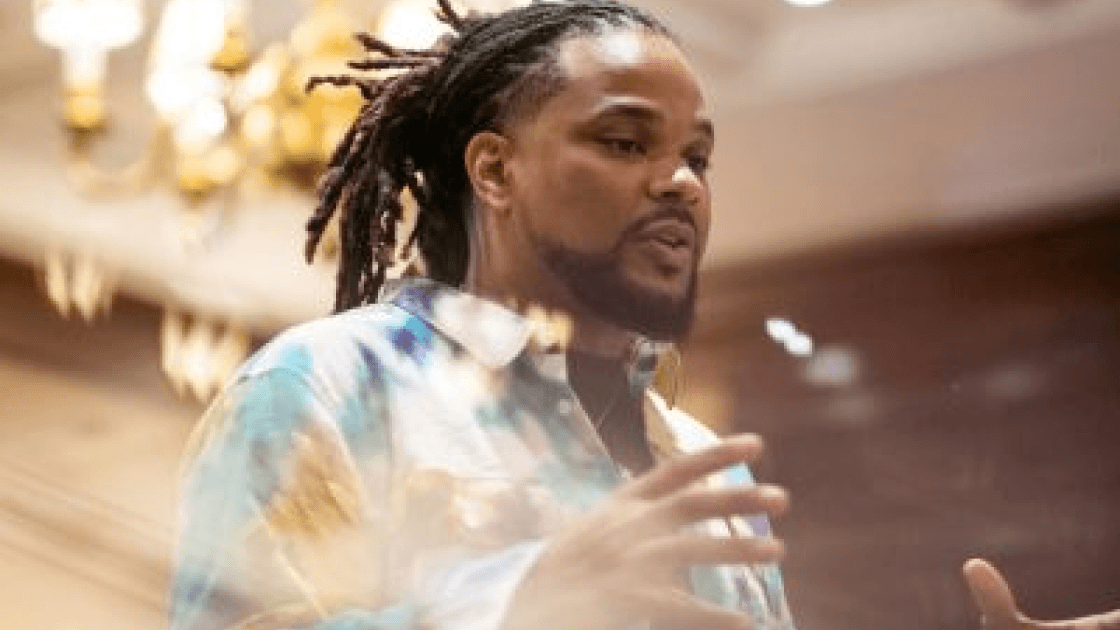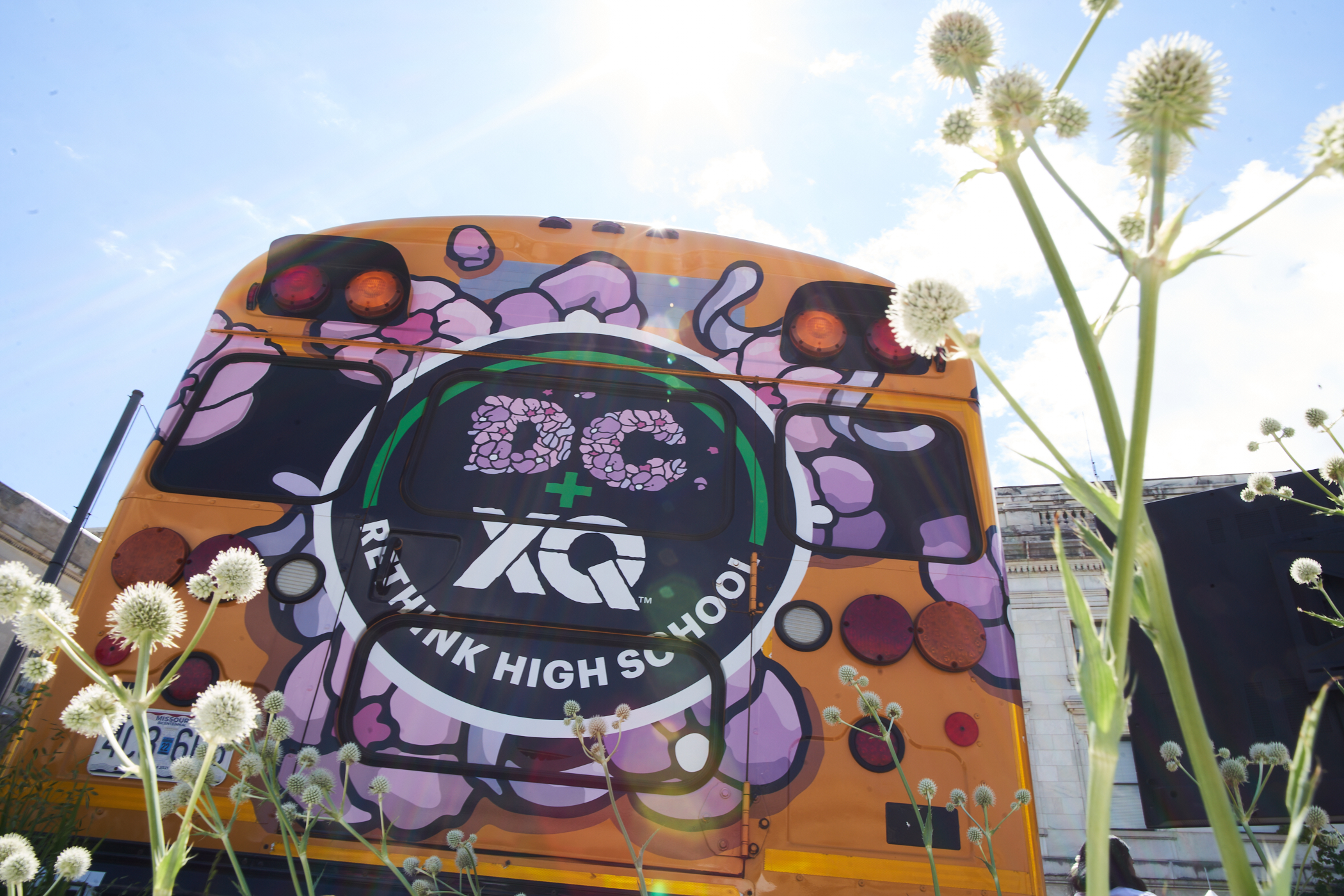#Artivism: The Power of Art in Raising Student Activists
Creativity and imagination are central to lifelong learning. Learn more about how cultivating imagination can empower students to create a better future.

Creativity and imagination are central to lifelong learning. Creative thinking can spark self-expression, soften anxiety, dispel uncertainty, and usher students into new understandings of themselves and their identities. Now more than ever, it’s time to prioritize imaginative thinking and creative problem-solving.
Using Visual Arts to Imagine a More Just Future
Too often we forget to ask our students how they imagine the future. Sometimes we even place prescriptive barriers on the future worlds they are yearning to create.
“I think we often suck the imagination out of students through the schooling process,” Rich Milner explained to us last year. “We do everything in our power to help them learn, to help them write, to help them speak, and then we tell them when they can read when they can write, and when they can speak when they should stop reading, stop writing and stop speaking. It’s a dangerous power struggle that we seem to perpetuate in schools.”
At XQ, we know that we need to engage students in creative thinking to build a new generation ready to tackle the future’s problems. To cultivate these strengths, students need purposeful spaces to engage in creative thinking and artistic endeavors.
“Creativity is the bedrock of any human development or solution,” explained Keith Leonard, an Ohio high school teacher who uses poetry to inspire young writers. “And yet, because it takes trial and failure and trial again, arts exist outside of many traditional models of learning. Creativity is often brushed aside in the classroom. We forget that creativity is a skill that needs to be practiced.”
This sentiment is at the heart of the XQ #Artivism Challenge: the Visual Arts + Activism Challenge. We produced this visual arts challenge in collaboration with New Orleans artist Brandan “BMike” Odums, who asks students ages 13 to 21 to create and share original artwork inspired by their imaginings and dreams of a future world.
The project is part of a series of XQ #Artivism Challenges in 2021. The first, the #MakeASongChallenge, was centered on music and activism with input from SOL Development, an Oakland-based R&B and hip-hop quartet. The third, scheduled for May, will be about dance and movement and activism, with guidance from pioneering ballet dancer Misty Copeland.
Bringing Arts Education to Students During Remote Learning
The pandemic put many school arts programs, which have traditionally been the places where students get encouragement and support to explore creative and imaginative thinking, in a precarious position. School building closures tightened budgets, moved our young people into isolation, and exposed the fragility of those programs.
And, of course, this was happening just as students were losing touch with their daily routines, isolated from their teachers and friends, grappling with structures of inequity, and losing agency over their own academic and life trajectories. Now more than ever before, students need to engage in creative thinking to begin to see original, revolutionary, and visionary solutions to centuries-old problems.

“I’ve always been a cheerleader for arts education. The arts allow us to think creatively and use our imagination to respond to what’s happening in front of us,” explains BMike. “And it’s especially important right now, at this moment, that we think radically and think creatively to address the problems before us.”
“We want students to see how art and activism come together, how students can draw inspiration from topics that are important to them and create something meaningful and thought-provoking,” says Sarah Baltazar-Pinheiro, XQ’s senior director of education products. “We believe the arts go hand-in-hand with critical thinking.”
Encouraging Artistic Activism to Foster Community
Aside from encouraging students to show off their artistic talents, the XQ’s #Artivism Challenges foster community—crucial for the thousands of young people who are attending school remotely. Since the pandemic began a year ago, XQ has worked to create spaces for students to gather in community, explore artistic activism endeavors, and work to create positive change in their local communities. This past summer, XQ worked with Oakland-based artists and students to create #BlackLivesMatter murals throughout the city’s downtown neighborhood.
Similarly, XQ teamed up with BMike to bring together the Class of 2020 in community during Graduate Together: America Honors the Class of 2020. BMike created a mural dedicated to high school seniors graduating in 2020 as an example of how visual arts can bring diverse populations together during a national moment.
The same desire to create community carries over into the Visual Arts and Activism Challenge. Students who partake in the challenge and supplemental learning opportunities can see each other’s work, vote on their favorites, and get tips from BMike, the professional artist-activist who’s overseeing the contest.
“With the pandemic, so many of us feel like we’re in a rut,” said Baltazar-Pinheiro. “Art is a powerful way for students to express their feelings and points of view. From graffiti to paintings on a gallery wall, art can provide a creative outlet during stressful times. Plus, it’s fun.”
Prioritizing Arts Education to Empower Student Agency
The visual arts also provide students with the chance to engage with hyper-prevalent social issues—to work through complicated emotions, thoughts, and traumas. It enhances their voices and empowers youth voice and choice, an XQ Design Principle. This artivism is a particularly potent form of project-based learning—one that asks students to engage their creativity and imagination to probe the complexities that accompany modern life and ultimately to empower their sense of agency and role as problem solvers.
For instance, Morrah Burton-Edwards, a 12th grader at Lusher Charter School in New Orleans, makes activism a central part of her artwork. She focuses on how art can illuminate important issues and connect to regular people. Among her projects is a series of portraits based on photos she takes of random students at her school.
“Anyone can be on a pedestal in my art,” she said.
By highlighting her fellow students, Morrah paints them as valuable and important—an act that not only empowers the students present in her work but Morrah as well.
Morrah uses art as a way to lean into social issues that are ever-present in today’s media. In her painting “Looting,” Morrah featured a Black man running through a museum with an African mask clenched under his arm, against a backdrop of classic paintings like “Mona Lisa” and “American Gothic.” It’s meant to draw attention to art theft and appropriation, and what belongs in a museum.
Like Morrah, Kalin Norman found art as a place of empowerment and as a way to push against prescribed barriers. “Art opened up a whole new world. I learned that I can tell a story the way I want to, instead of limiting myself,” he said.
A native of New Orleans, Norman’s journey as an artist began with a trumpet. He played in his high school’s marching band and was planning to pursue music. However, Norman took a summer class with B Mike and discovered the power of visual arts.
Through videos, still photography, and other art forms, Normal learned how to dream lucidly about a more just future and learned how to turn art into a career.
Now, as a student at Jackson State—a historically Black university in Mississippi—Norman takes classes in communications and photography. His focus is on digital mosaics: lively, creative mixtures of photography, video and sound, suited for social media.
He’s created projects based on Anita Hill, Black Lives Matter, and an incident at Jackson State in 1970 in which two Black students, James Earl Green and Phillip Lafayette Gibbs, were fatally shot by police during a protest over racism.
Art is the vehicle through which Morrah and Kalin attempt to bring solidarity around social causes. It allows them to bridge disparate social gaps and work towards solutions through representation, education, and discussion.
“My philosophy is that art should have a purpose. Art should say something,” Kalin said. “I want my art to connect dots that might be scattered for some people…Art should push the conversation forward.”
The XQ Visual Arts + Activism Challenge opened on March 17 and ends April 14. Winners will be determined by community votes. The first 100 artists to enter will win gift cards, the top 10 vote-getters will receive personalized feedback from BMike, and the top five will receive an iPad mini tablet with an Apple Pencil and the Procreate art application.









